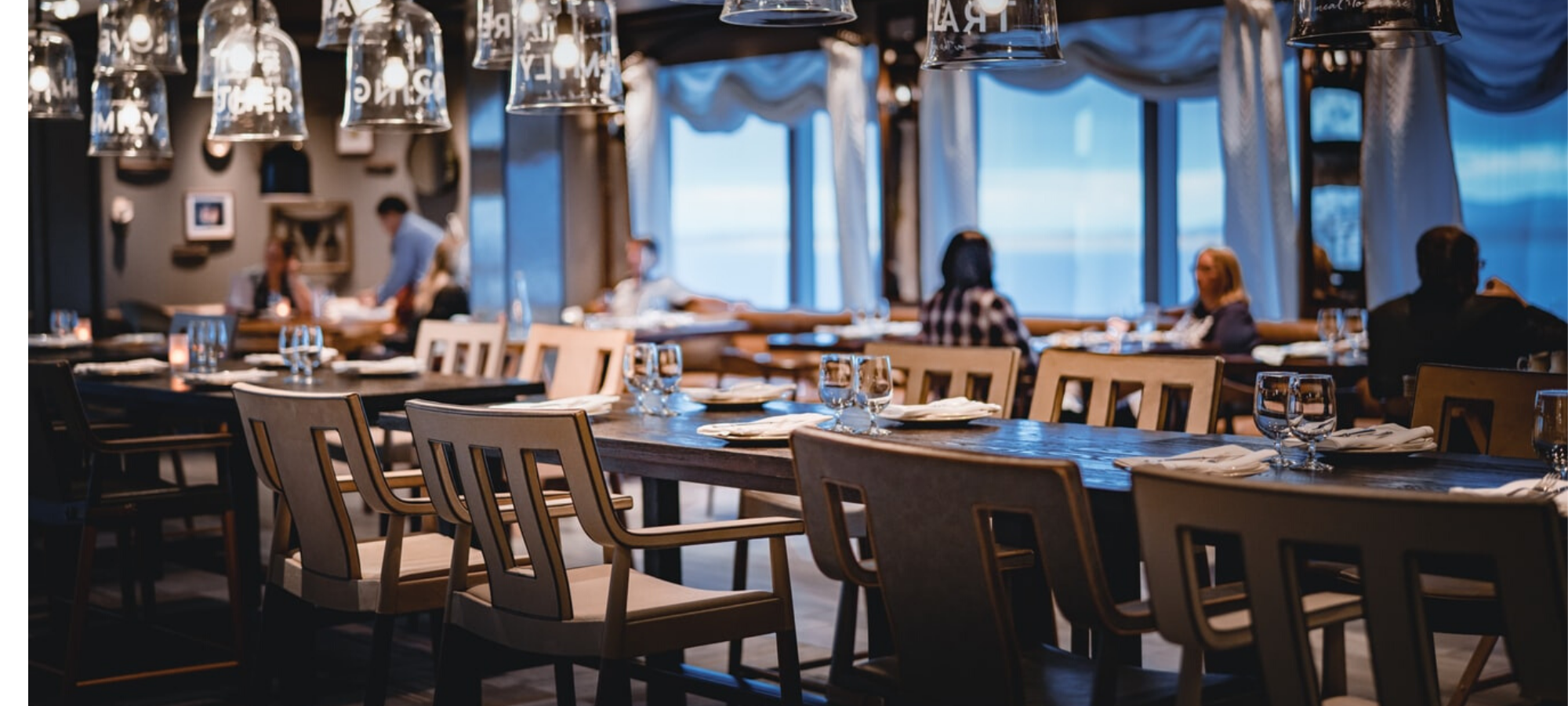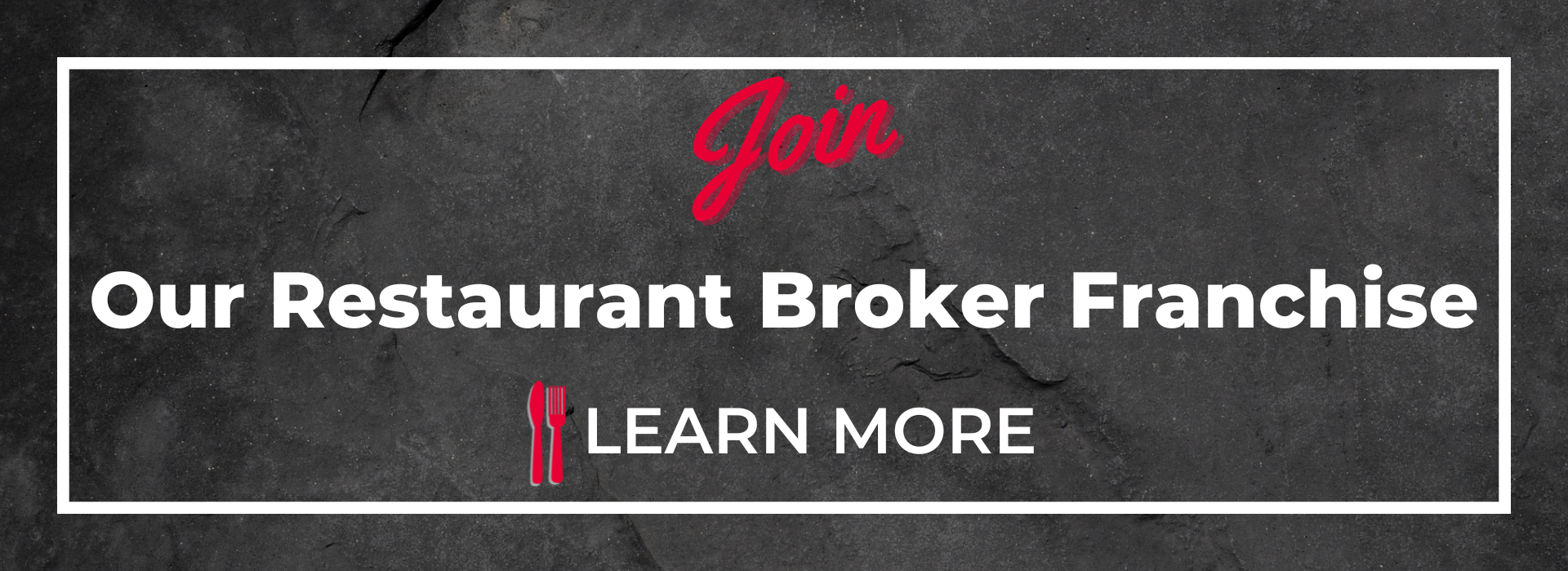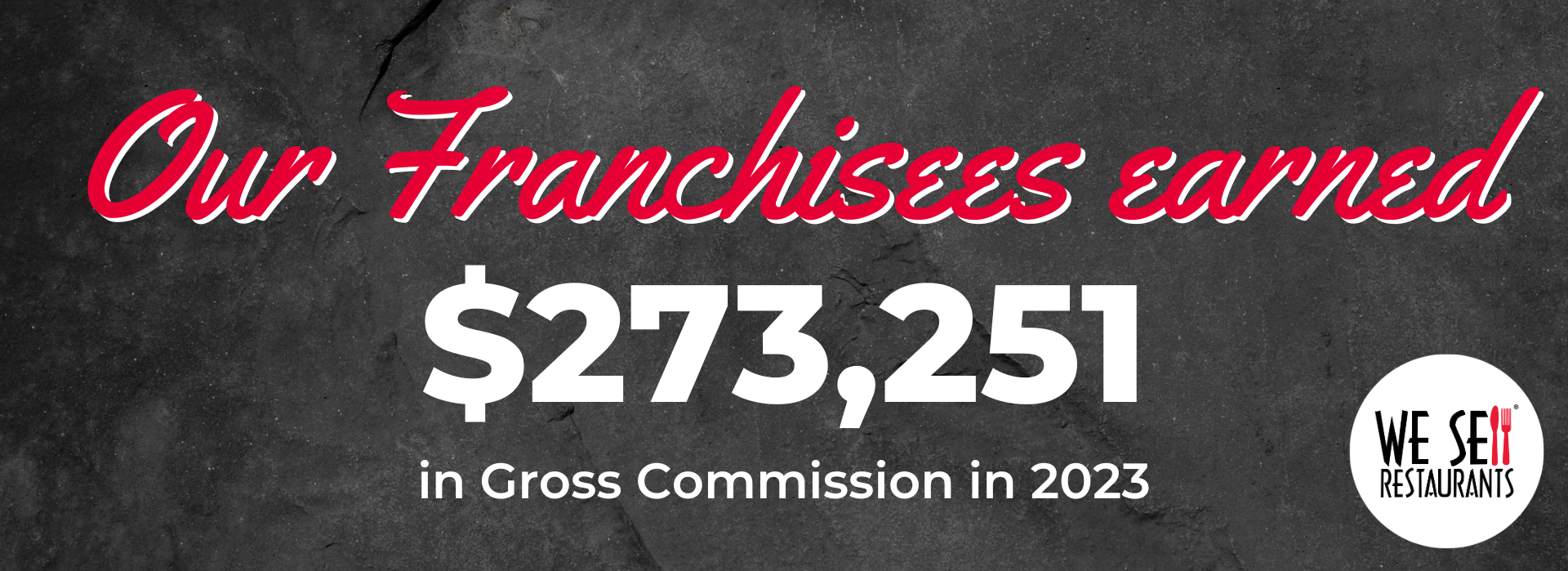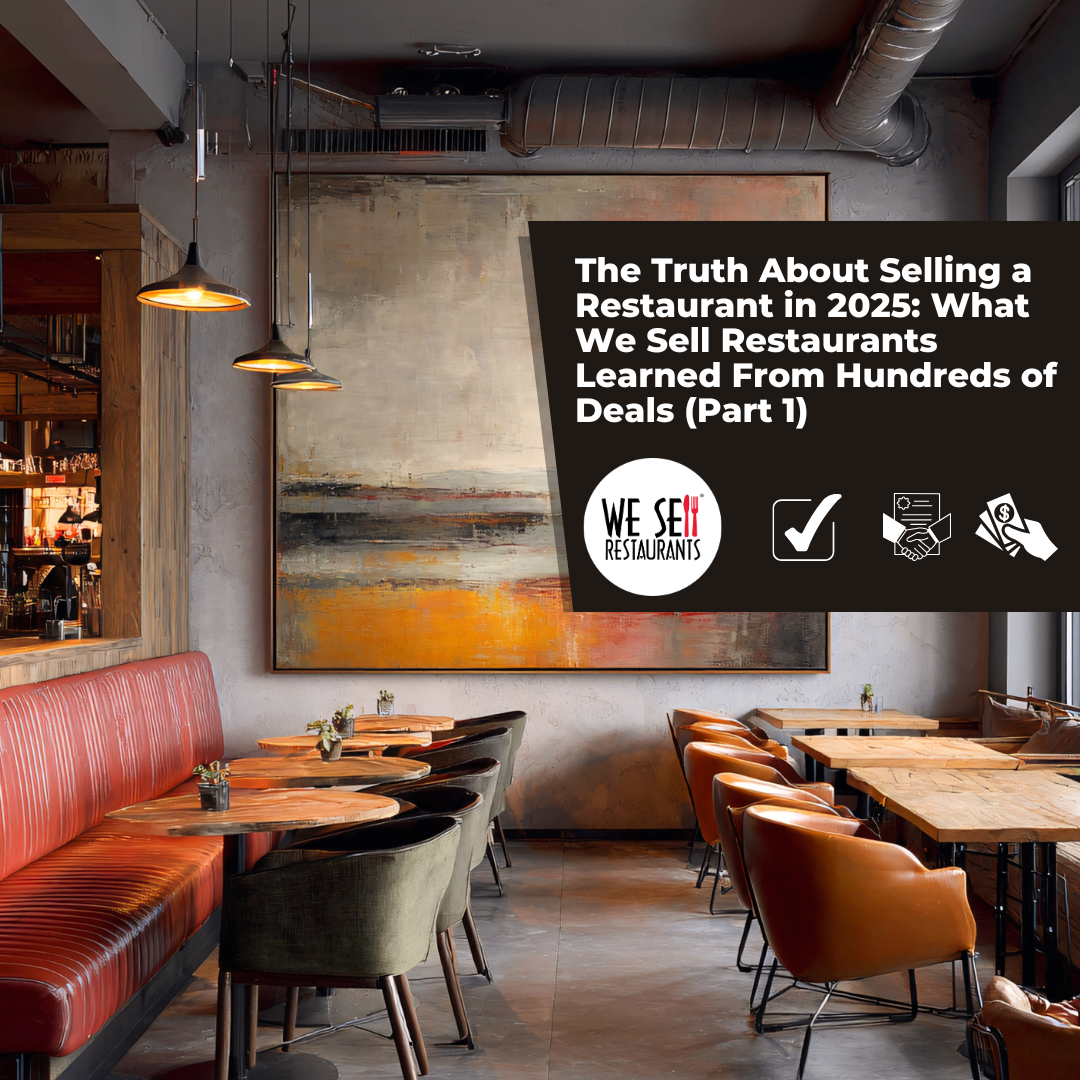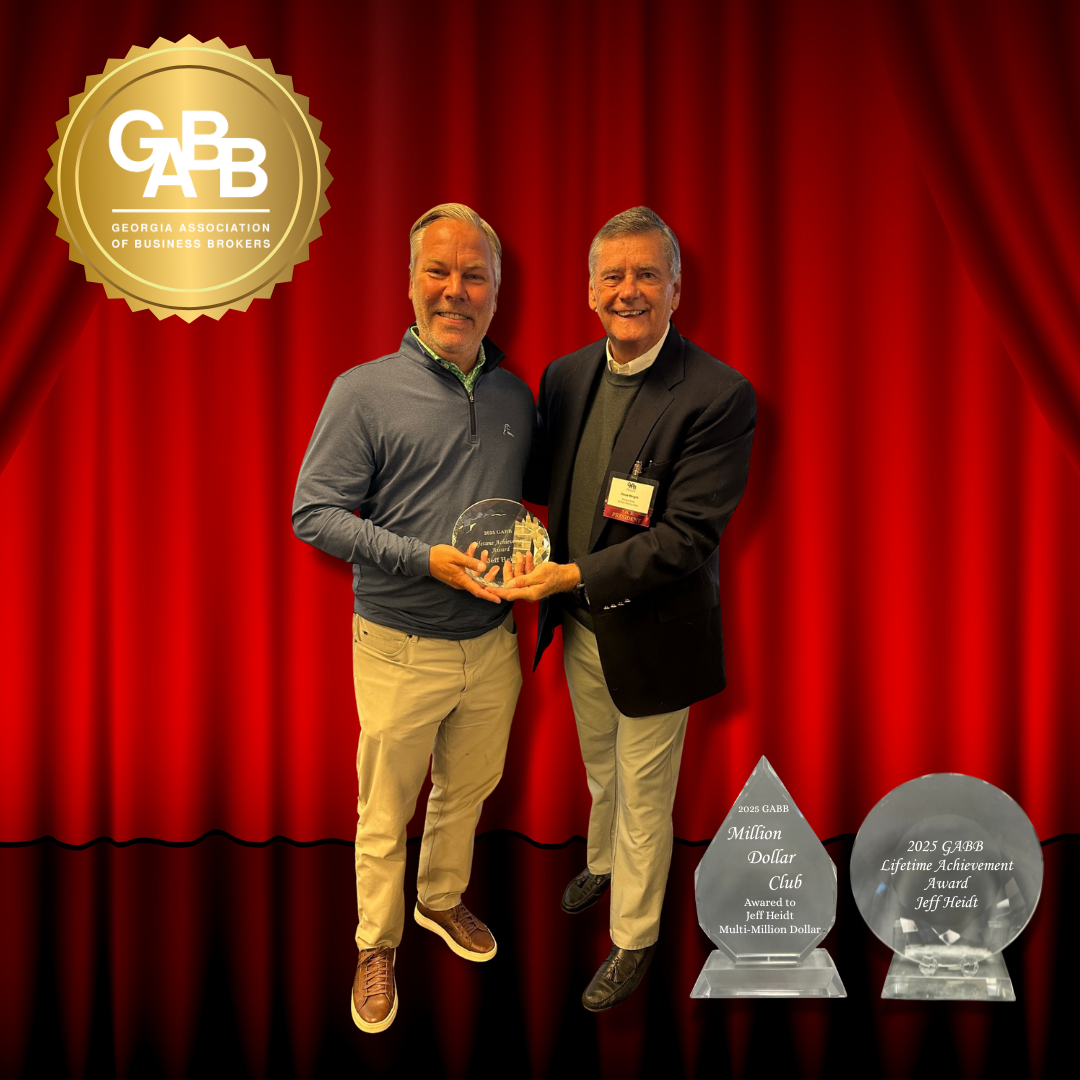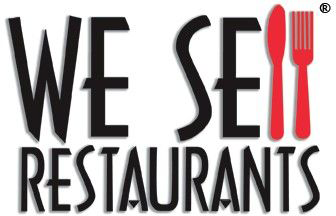Struggling with the Small Business CARES Program? You’re not alone. While the entire world is sending out information, much of it is written in “government style” language which is difficult to interpret for most restaurant owners. We Sell Restaurants has consulted with some of the best and here’s our simple set of questions and answers on the topic including how to apply along with a simple calculator to figure out how much will be forgiven.
What is the CARES Act?
It refers to Small Business Interruption Loans under the Coronavirus Aid, Relief, and Economic Security Act. The federal government has allocated $349 billion to the Small Business Administration to guarantee loans to small businesses. These are referred to “7(a) loans” because they are authorized by that section of the laws governing the SBA.
What is the Maximum Loan Amount?
The maximum loan you can receive will equal 2.5 times your average “payroll costs” during the 1-year period before the loan is taken.
“Payroll costs” are defined very broadly and include:
- Employee salaries, wages, commissions, etc. up to $100,000 per year, $8,333.33 per month
- Payment for vacation, parental, family, medical or sick leave
- Severance payments
- Group health insurance
- Retirement plan contributions
- State and local taxes assessed on such compensation
Payroll costs do not include:
- Compensation over $100,000 per year or $8,333.33 per month
- Federal tax withholdings
- Compensation for non-US residents
- Sick leave and family leave provided by the new Families First Coronavirus Response Act for which there are already tax credits
How do you Calculate the amount?
The government language is not that easy to understand. This is. Use our SIMPLE attached excel worksheet and plug in the numbers to get the answer.
How Do You Apply?
Apply through banks and credit unions the same way you would for traditional SBA lending. Many lenders are already approved to issue 7(a) loans. The bank who’s currently handling your restaurant deposits and loans is a great place to start or contact We Sell Restaurants and we’ll refer you to someone.
Since the maximum loan amount will equal 2.5 x your average monthly payroll costs during the 12 month period preceding the loan, you will need to submit an application that includes a sizeable amount of documentation, including:
- Employee wages for the last 12 months, including you, your family and associates – contact your payroll provider for the report
- This report must also show paid time off, vacation, sick pay, family medical pay, etc. All of this is eligible to be included. The more you can show the better, as this will increase the loan amount
- Withholding for state and local taxes on employee compensation
- 1099s paid to independent contractors
- Documentation showing how much you, the employer, paid in employee group health insurance premiums for the past 12 months. Your insurance company should be able to provide this
- Documentation showing the amount of retirement plan funding the employer made for employees over the past 12 months (profit sharing 401(k) plans, cash balance plans, SIMPLE and SEP IRAs). If your 2019 plan administration has been completed, you should use this as the basis for these figures. (Employees’ own 401(k) salary deferrals won’t count for these purposes.)
Start putting these documents together so you’re prepared to apply for and get the loan as soon as they are available. Borrowers will also need to make a “good faith certification” that the uncertainty of the current environment makes the loan request necessary, that you intend to use the funds to retain workers and maintain payroll OR make mortgage payments, lease payments and utility payments, and that you haven’t applied for another Section 7(a) loan.
How Long Will it Take to Get the Money?
Treasury Secretary Mnuchin has indicated that he expects them to be ready (the loans disbursed) by week two of April and the Treasury Department will be fast-tracking this.
What Can the Loan Proceeds be Used For?
The loan proceeds can be used for more overhead expenses than those that went into calculating the amount of the loan, including:
- Payroll costs (see definition above)
- Interest (not principal) payments on mortgages
- Rent
- Utilities
- Interest (not principal) on any debts that were incurred before February 15, 2020
How Long Before the Payments are due?
Borrowers can completely defer repayment of principal and interest for at least six months but not more than one year. This will be up to the discretion of the bank that issues the loan.
What Portion of the Loan Will be Forgiven?
The amount of loan forgiveness will equal the sum of the employer’s:
- Payroll costs (as broadly defined above)
- Interest (not principal) on any business debts that were incurred prior to February 15, 2020
- Rent
- Utilities, including electricity, gas, water, transportation, telephone and internet access which are incurred during the 8 week period that begins on the origination date of the 7(a) loan.
The amount forgiven cannot exceed the original principal amount of the loan. The loan forgiveness concept encourages restaurant owners to try and keep people employed. The amount of loan forgiveness will be reduced proportionally by the reduction in employees during the “covered period” of February 15, 2020 – June 30, 2020 compared to February 15, 2019 – June 30, 2019.
What Do Restaurants Have to do to Get the Loan Forgiveness?
The restaurant owners have to show evidence that it actually spent money on the things that are eligible for loan forgiveness by submitting an application to the bank that includes:
- Documentation verifying the number of employees on payroll during the 8-week period of eligible loan forgiveness, including payroll tax filings reported to the IRS as well as state income, payroll and unemployment insurance filings
- Documentation, including cancelled checks, payment receipts, accounting reports, etc. verifying payments on business debts, rent and utility payments
- A certification from an officer or owner of the borrower that the information being submitted is true and that the amount for which forgiveness is being requested was used to retain employees, and make interest payments on business debts, lease payments and utilities. This will take some effort, but it has to be done. There will be no debt forgiveness without it.
What Will the Tax Treatment be on the Forgiven Debt?
Even though this is debt cancellation income, which is normally taxable, in this case, the cancelled debt will be excluded from income.
What Happens to the Portion of the Loan that is Not Forgiven?
The remaining balance will continue to be guaranteed by the SBA, have a maximum maturity of 10 years and bear interest at the rate of 4% or less.
Will There be Prepayment Penalties on 7(a) Loans?
No.
Should I apply now?
We recommend you look at the timing of how long your restaurant will be closed and figure out the best timing for you to rehire employees and bring them back if you've already done layoffs. At the same time, we recommend you do this sooner rather than later. As always, our team is here to help if you need assistance.
 Robin Gagnon, Certified Restaurant Broker®, MBA, CBI, CFE is the co-founder of We Sell Restaurants and industry expert in restaurant sales and valuation. Named by Nation’s Restaurant News as one of the “Most Influential Suppliers and Vendors” to the restaurant industry, her articles and expertise appear nationwide in QSR Magazine, Franchising World, Forbes, Yahoo Finance, and BizBuySell. She is the co-author of Appetite for Acquisition, an award-winning book on buying restaurants
Robin Gagnon, Certified Restaurant Broker®, MBA, CBI, CFE is the co-founder of We Sell Restaurants and industry expert in restaurant sales and valuation. Named by Nation’s Restaurant News as one of the “Most Influential Suppliers and Vendors” to the restaurant industry, her articles and expertise appear nationwide in QSR Magazine, Franchising World, Forbes, Yahoo Finance, and BizBuySell. She is the co-author of Appetite for Acquisition, an award-winning book on buying restaurants
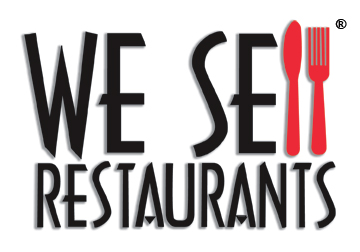
 404-800-6700
404-800-6700.png)
